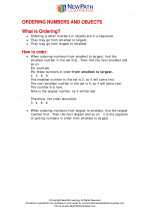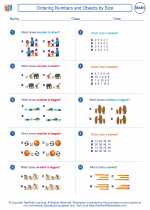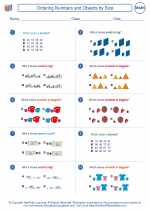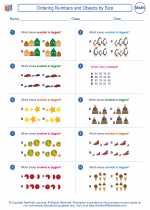Descending Order
Descending order refers to arranging numbers or items from the largest to the smallest. When you have a set of numbers or items and you want to arrange them in descending order, you start with the largest and end with the smallest.
For example, if you have the numbers 8, 3, 11, 5, and 2, arranging them in descending order would look like this:
- 11
- 8
- 5
- 3
- 2
When arranging numbers in descending order, you compare the numbers and place the largest number first, followed by the next largest, and so on, until you reach the smallest number.
Descending order is important in mathematics and everyday life because it helps us organize and compare numbers or items in a clear and systematic way.
Understanding how to arrange numbers in descending order is an important skill that can be used in various mathematical operations and problem-solving situations.
Overall, arranging numbers in descending order allows us to see the relative size of the numbers and easily identify the largest and smallest values in a given set.
[Descending Order] Related Worksheets and Study Guides:
.◂Math Worksheets and Study Guides First Grade. Ordering Numbers and Objects by Size

 Worksheet/Answer key
Worksheet/Answer key
 Worksheet/Answer key
Worksheet/Answer key
 Worksheet/Answer key
Worksheet/Answer key
 Worksheet/Answer key
Worksheet/Answer key
 Worksheet/Answer key
Worksheet/Answer key
